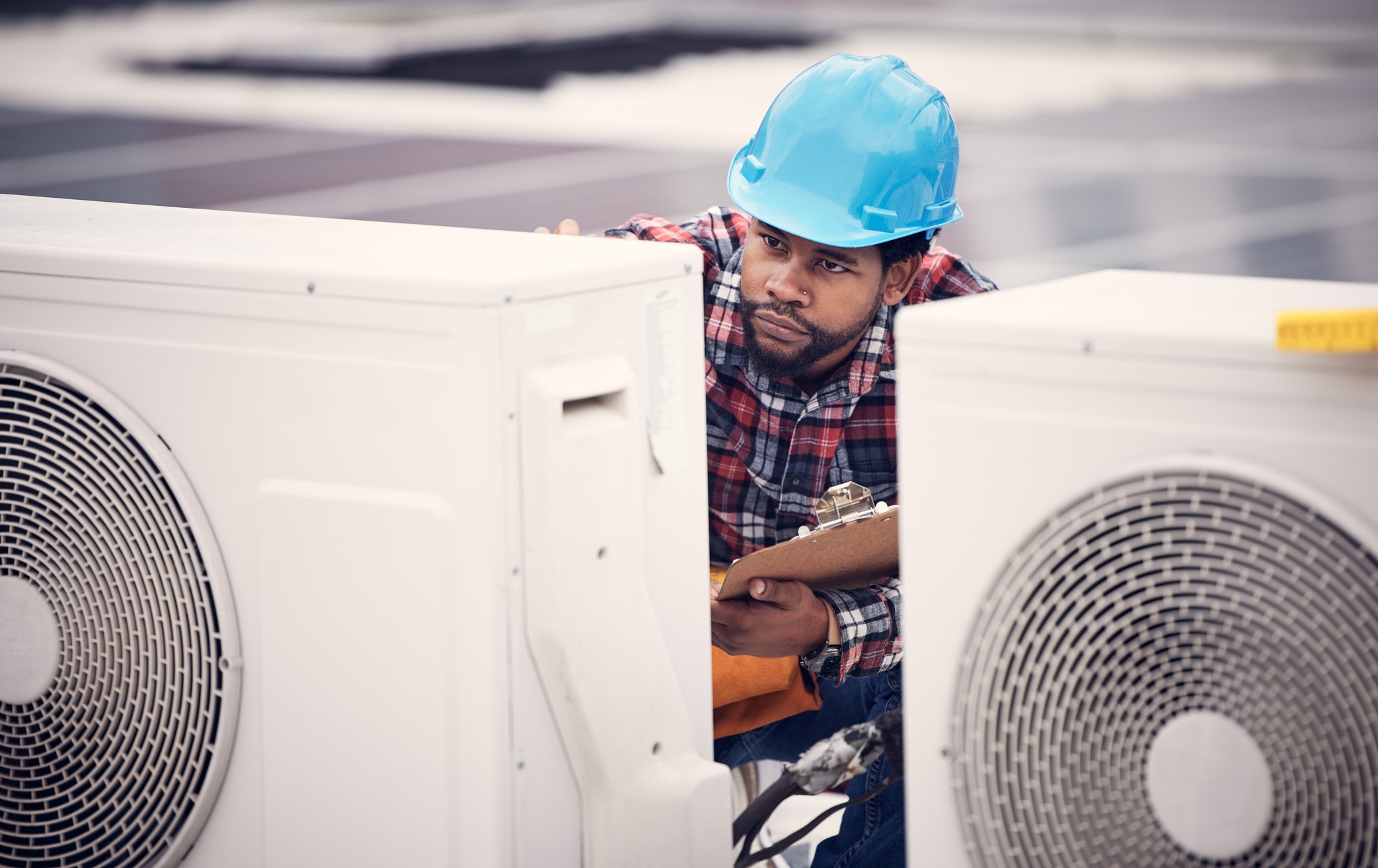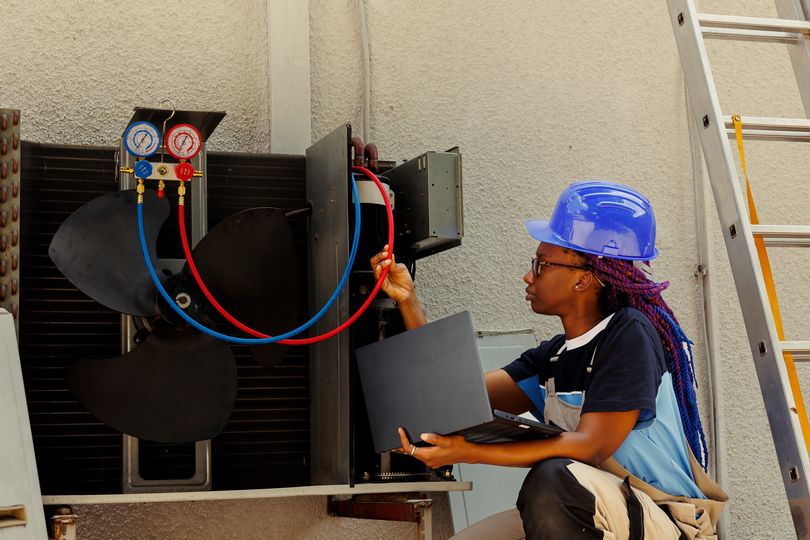Spring Refresh: How to Change Your HVAC System's Air Filters

FAQ
-
How do I know what size unit I need?
If you have any problems with your system, you should contact the contractor who installed the units. All our systems are covered by a 5 year parts, 7 year compressor limited warranty -
Water is Leaking on my Furnace
Water falling on to the furnace can harm your heating unit by affecting the control boards and other components enclosed in the furnace. There can be many causes to the water overflow, but the most common cases in the summer is the ice build up inside the evaporator coil due to low refrigerant level. Water build up can also be due to the evaporator coil having a crack on the base, if this is the case contact us by booking an appointment or call us today to have a technician come have a look at your unit and repair this issue before it causes excessive damage.
-
Why is there ice building up on the copper pipes?
There can be many reasons why the refrigerant pipes are freezing up but the most common issue is low refrigerant levels. If your AC unit has ice buildup turn off the unit for at least 4 hours and call us at 416-410-0337
-
Furnace is blowing cold air in Winter?
This can be due to Ignition lockout, sometimes could be resolved by resetting the power and if this does not resolve the issue you should contact a certified gas technician from A-Plus Quality to get this problem resolved!
-
What is a mini-split?
By definition, and simply put, a “Split System” is a heating and air conditioning system which has two main components, the indoor unit and outdoor unit. In short, the indoor unit absorbs heat energy in the cooling mode, and the outdoor unit rejects the very heat absorbed by the indoor unit. And the cycle is repeated until the set temperature is met. Although the indoor and outdoor units are located in physically different, hence “split” locations, they are connected and operate as, one system; continuously circulating refrigerant liquid and vapor by means of interconnecting, dehydrated copper refrigerant lines, commonly referred to as a “Line Set”.


